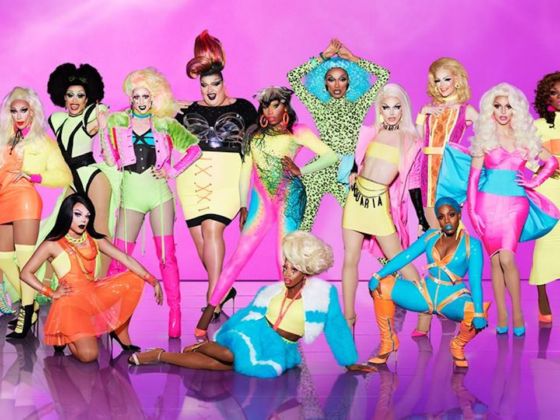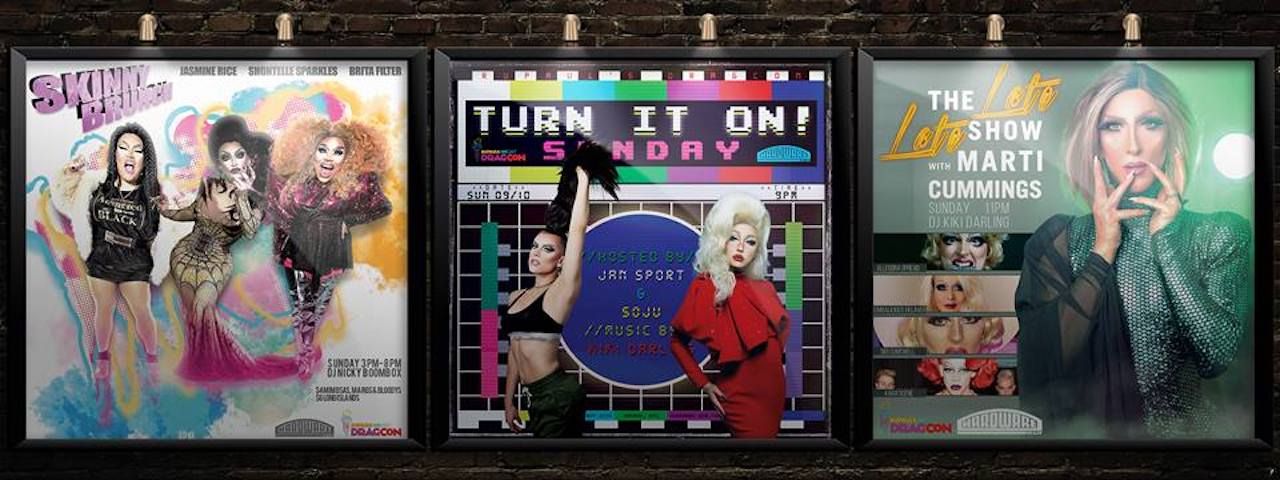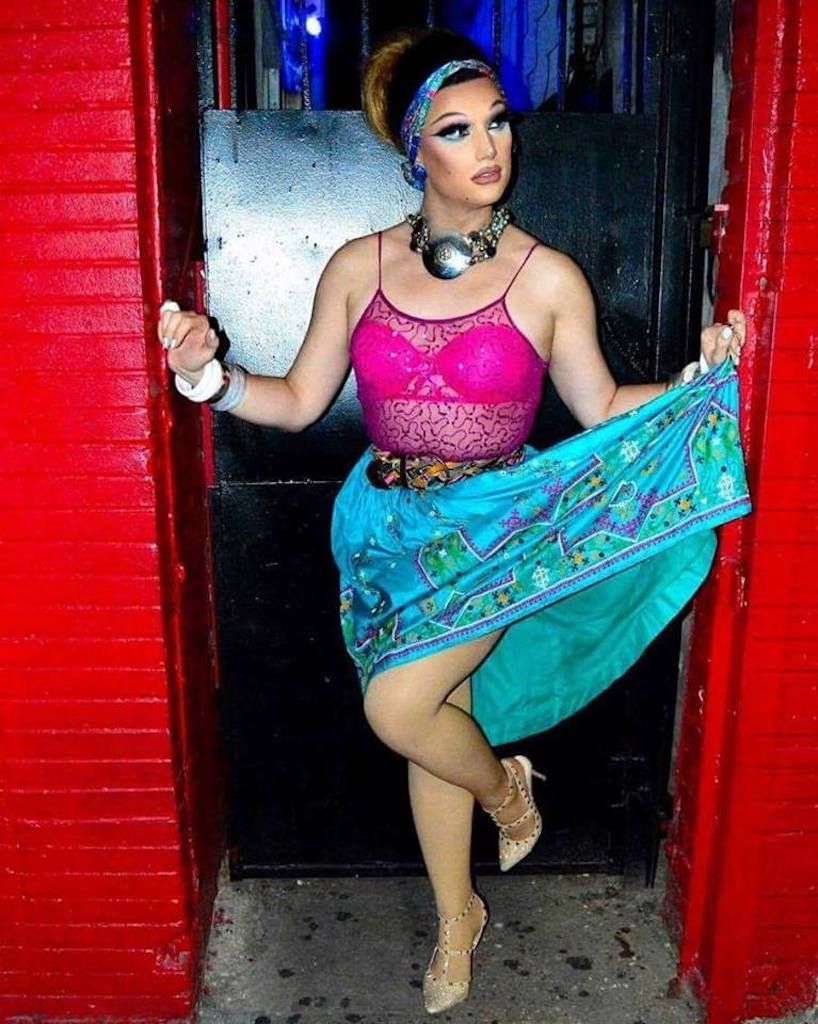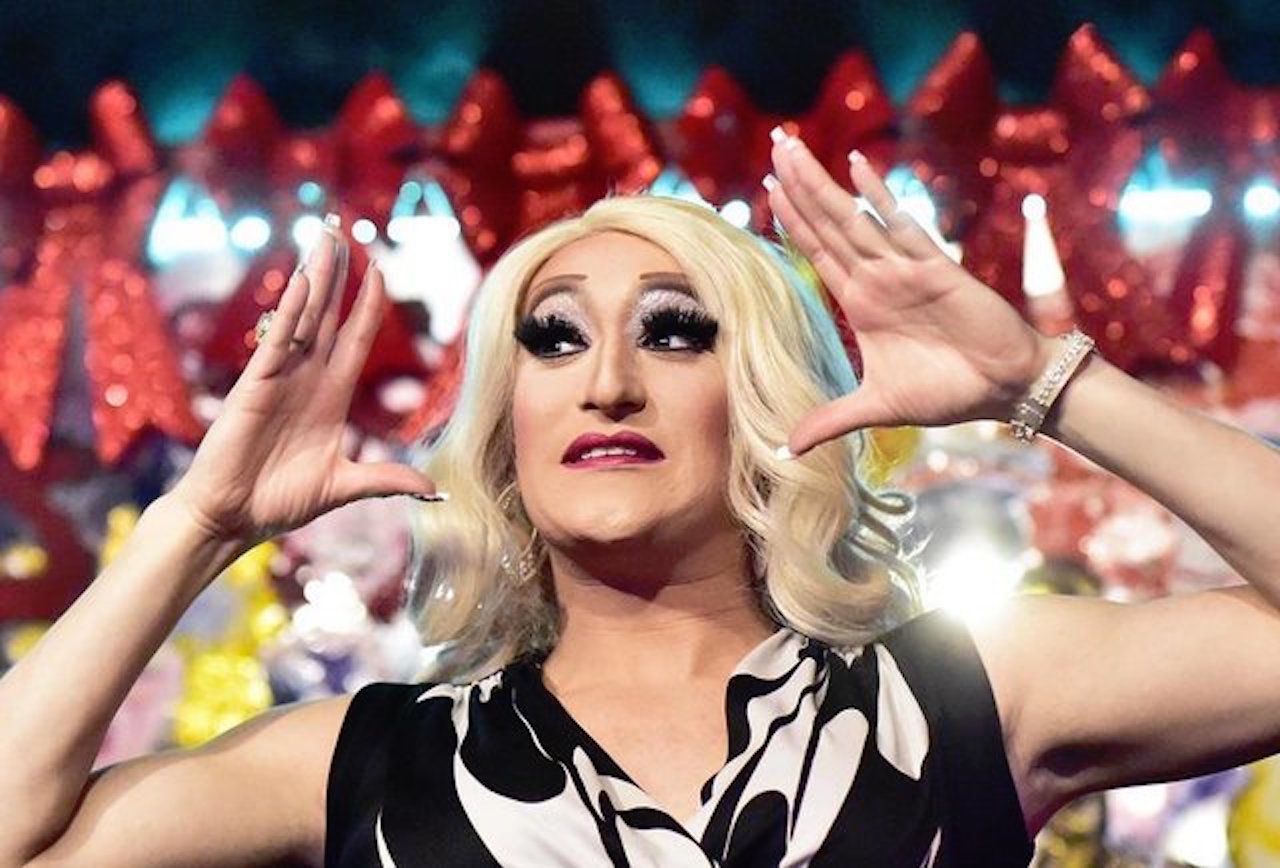Thanks to the internet and social media, most people are familiar with the art of drag. The way we currently know it, however, really only became part of mainstream culture in the last decade. This shift in the landscape is in large part due to the work of RuPaul Charles.
Heavily influenced by the way individuals have been conveying gender expression throughout history, RuPaul has helped drag reach never-before-seen heights. In 1992, he released the song “Supermodel (You Better Work),” a dance club song that found a mainstream audience. Arguably, it was the success of this single that opened the door for a new part of RuPaul’s career and eventually lead to the production of RuPaul’s Drag Race that first aired on Logo.




